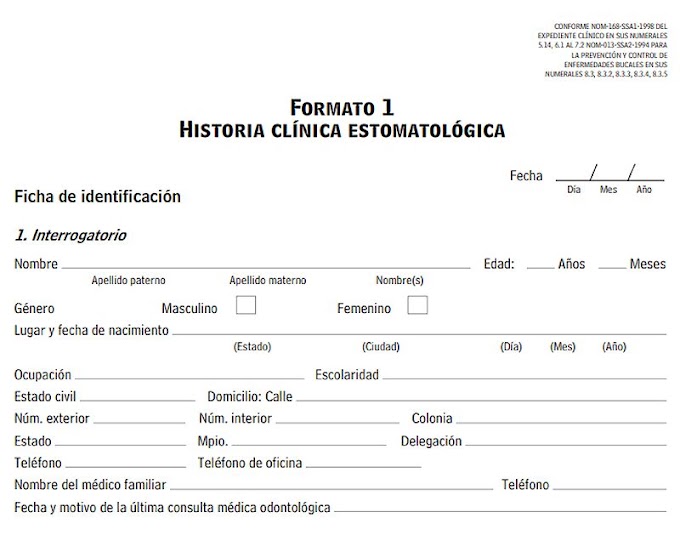Third molars, wisdom teeth, can be anatomically superfluous in the human anatomy and be considered for extraction.
In some patients the tooth apex may be located in close proximity, or actually in, the mandibular canal.
7 ORAL SURGERY BOOKS that every specialist must read. The following list of Oral Surgery books includes literature published since 2000. Professionals in this specialty have to read this collection of books.
The canal contains the inferior alveolar nerve, artery and vein and thus may incur damage during the removal of such a located molar.
The actual occurrence of nerve injury is low but this can be the cause of neural sequelae and lawsuits against the surgeon.
The actual occurrence of nerve injury is low but this can be the cause of neural sequelae and lawsuits against the surgeon.
Third molar removal is controversial because of the question of physiologic necessity for removal of these teeth.
DENTAL TRAINING: ORAL SURGERY videos including FREE Webinars, Conferences and Clinical Cases to share
There are also economic and quality of life issues for patients and society. These issues should be discussed with the patient before third molar surgery.
Diagnoses that may indicate third molar removal include recurrent pericoronitis and angular impaction against the cementoenamel junction of the second molar.
The classifications of third molar impactions are based on radiographic appearan vertical, horizontal mesio angular, distoangular, buccolingual. Mesioangular position may be the most common impacted position.
The classifications of third molar impactions are based on radiographic appearan vertical, horizontal mesio angular, distoangular, buccolingual. Mesioangular position may be the most common impacted position.
Advanced age, increased operative time and distoangular and horizontal preoperative impaction position are associated with mandibular third molar surgery post operative morbidities.














